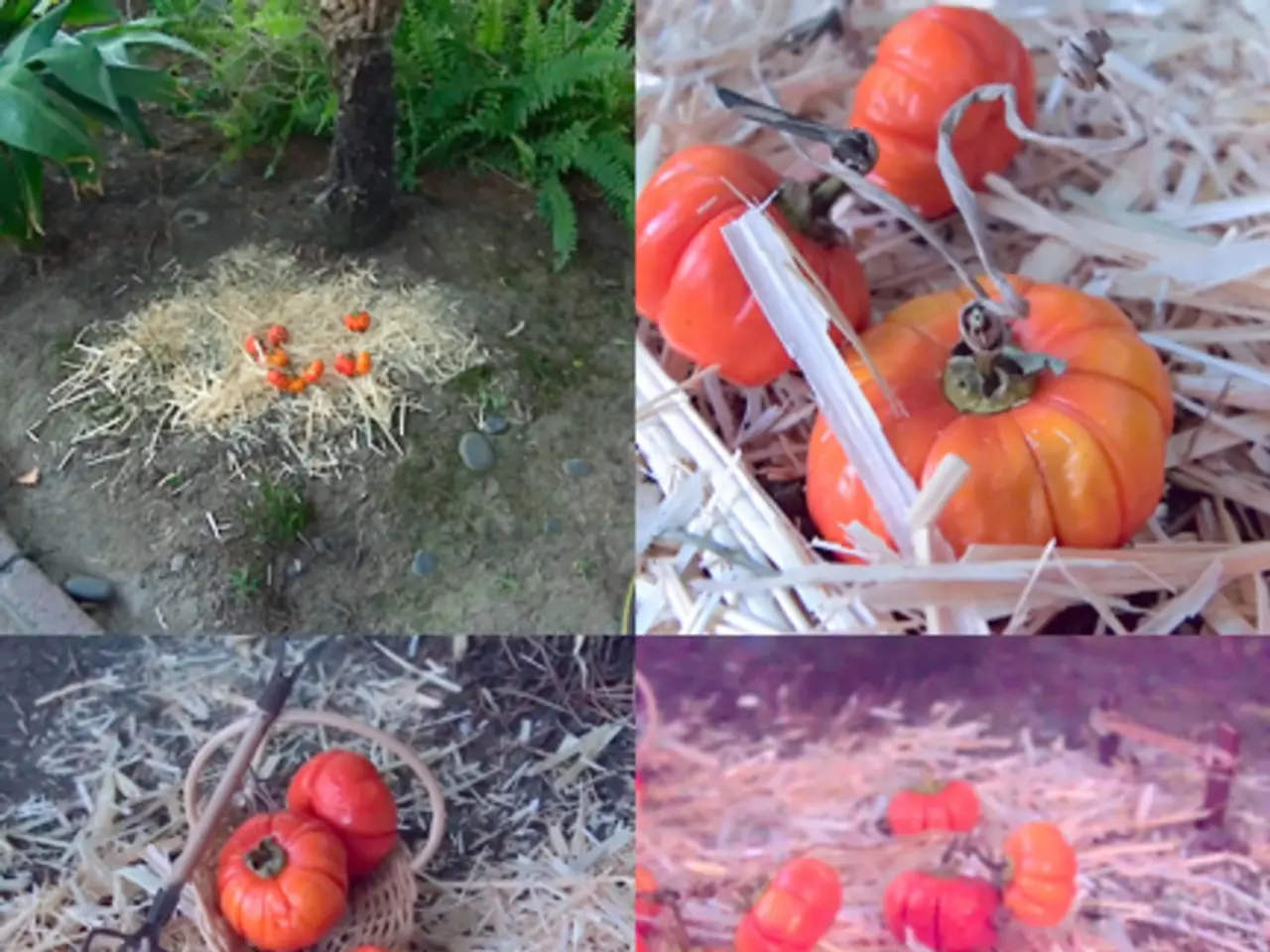North Carolina Pumpkin Planting Timeline: A Comprehensive Guide
For those looking to cultivate pumpkins in North Carolina, following the best practices for variety selection, climate and seasonal timing, soil and nutrient management, and planting and maintenance strategies can lead to a bountiful harvest.
Variety Selection
Choosing pumpkin varieties that thrive in North Carolina's climate is crucial. Popular types include traditional jack-o’-lantern pumpkins and pie pumpkins. Opt for varieties with moderate days to maturity to match the region's growing season length, as North Carolina enjoys warm summers and mild winters.
Climate and Seasonal Timing
- North Carolina's warm climate makes it an ideal location for pumpkin cultivation. Plant seeds early in spring once soil temperatures reach about 70°F, typically in late April to early May.
- To avoid damage from vine borers, which can appear mid-summer, plant pumpkins early so they mature before peak borer activity. Alternatively, late planting in mid to late July could help avoid vine borer damage but may limit maturity for larger pumpkins.
- The pumpkin growing season requires approximately 90–120 frost-free days, so plan to harvest before early fall frosts.
Soil and Nutrient Management
- Pumpkins prefer well-drained, fertile soils with a pH of 6.0 to 6.8.
- Incorporate plenty of organic matter and compost before planting to improve soil structure and fertility.
- Regular nutrient supplementation may be necessary during growth, especially nitrogen early on for leaf growth, followed by phosphorus and potassium to support flowering and fruit development.
- Avoid excessive nitrogen late in the season to prevent leafy growth at the expense of fruit size.
Planting and Maintenance Strategies
- Sow seeds directly in hills spaced about 4 to 6 feet apart or transplant seedlings started indoors.
- Use black plastic mulch to warm soil and suppress weeds if planting early.
- Cultivate soil around plants regularly to control weeds, which compete for moisture and nutrients.
- Monitor for pests like vine borers. Early planting reduces risk, and removing affected vines promptly can limit damage.
- Water deeply but infrequently, aiming to keep soil moist without waterlogging to avoid fungal diseases. Provide about 1 to 2 inches of water per week, especially during flowering and fruit set.
By following these practices—selecting appropriate varieties, planting at the right time to avoid pests, managing soil fertility carefully, and maintaining good weed and pest control—you'll optimize pumpkin growth in North Carolina’s climate.
When selecting pumpkin seeds, choose varieties that thrive in warm climates and are resistant to common pests and diseases. In North Carolina, a sunny spot with well-drained soil and ample space between plants (about 2-3 feet apart) is ideal for transplanting pumpkin seedlings.
To ensure seedlings are ready to be transplanted outdoors, plant seeds indoors about 20 days before the last frost. Pumpkins require a lot of water and nutrients and should be watered regularly. In North Carolina, pumpkin planting begins approximately 20 days before the last expected frost date. Using compost and well-rotted manure enriches the soil with organic matter and nutrients for pumpkin cultivation. Achieving ideal soil pH for pumpkin cultivation requires regular testing and amendments using lime or sulfur.




